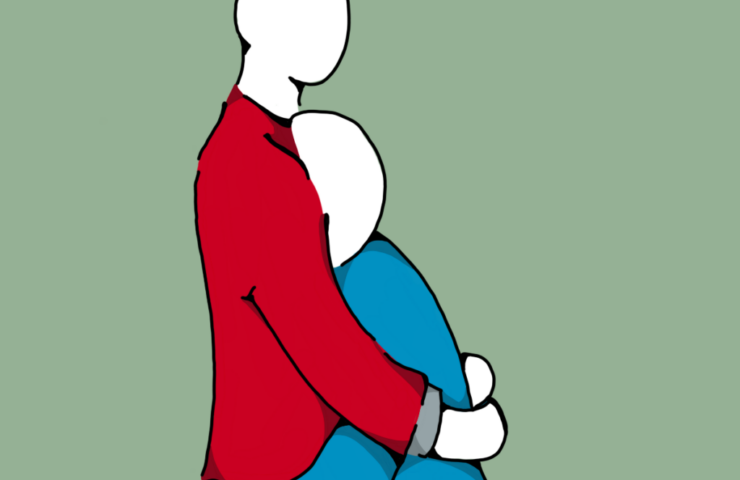Graphic by: Maya Palavali
Any time spent in college is a time of self-exploration and continual learning. Perhaps most importantly, aside from hitting the books, are the relationships formed between you, your professors and your peers.
Everyone has those people they just vibe with, but what about the way you feel you fit into these relationships? Do you notice any patterns in the way you act around others? One way to get down to the bottom of this is by learning about attachment styles.
In psychology, the theory of attachment asserts the relationships you have with your parental figures when you’re younger will impact the way you form your relationships in the future. Someone can have either a secure attachment or an insecure attachment, the second of which there are four different categories. Here’s a quick crash course on attachment styles.
Secure Attachments
Someone who has a secure attachment style typically had caregivers who provided them with feelings of safety and reliability. People who have this attachment style generally feel they are worthy of love and that others can reciprocate that love.
Because they are usually able to express their feelings openly and genuinely, people with this attachment style are able to create, nurture and find fulfillment in all of their relationships.
Now, onto the branches of insecure attachment styles.
Dismissive Attachment
People with this style tend to be extremely untrusting of others, while still viewing themselves as worthy of love.
When it comes to relationships, people with this attachment style tend to feel like close relationships are less important than they are. This goes along with someone who feels like they don’t need anyone because they can trust only themselves to do things. This translates to a person who can feel as though they don’t need to have any close relationships since people will only disappoint or hurt them.
Fearful Attachment
Someone with a fearful attachment style has a negative internal working model of themselves and others; meaning that similar to the dismissive attachment type, they believe others will let them down or won’t reciprocate needs.
How fearful and dismissive differ is also not believing in themselves to meet those needs either.
So, what can this look like when it comes to relationships? This would look like someone who has a fear of getting too close to someone but also desires to have those close relationships. They can fear abandonment due to the low level of trust that have in others.
Preoccupied Attachment
This attachment style is characterized by someone having doubt in themselves but having faith in the dependability of others. In relationships, this can look like codependency to the point where they cannot feel complete without others.
So, if you’re seeing yourself in any of the insecure styles and you find that it’s negatively impacting the quality and kind of relationships that you have, what can you do about it?
The best thing to do is to remain self-aware. Take note of any of the patterns you have and how they negatively impact you as well as those that you care about.
Maybe you have a bad habit of blocking people out because you’re afraid that they may reject you. Think about what actions may have triggered those fears and be honest with the other party about it. The same thing applies to any other patterns or behaviors that you may have. Successful relationships of all kinds require clear and consistent communication.





Recent Comments